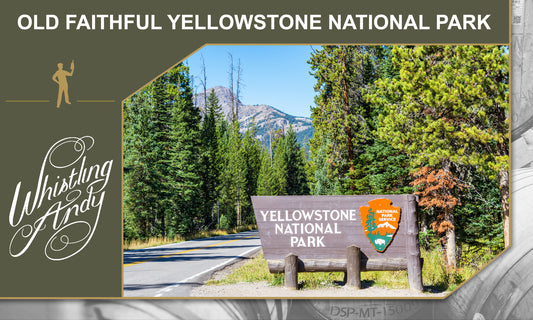In mid-August of 2017, lightning struck in the wilds of Montana, sparking several small forest fires. Those fires gained momentum over the next few weeks, and the damage they produced was devastating.

Known as the Sprague Fire, this disaster plowed through tens of thousands of forest acreage, and the actual amount of destruction it caused will probably be forever unknown. While many anonymous things were destroyed in the fire, the National Historic Landmark, the Sperry Chalet, was one notable structure that felt the brunt of the Sprague Fire’s devastation.
Though many thought the Chalet and its over a century of heritage went down in flames, the resilience of those who believed in preserving the monument did not allow the fire to wipe it from the face of the earth.
The Spreading Wildfire

The winter prior to the ignition of the Sprague Fire looked to be setting the scene for a summer of minimal fires, and the melt in the spring appeared to keep things on the same course. However, the summer was a game-changer.
Record-breaking temperatures coupled with minimal rainfall created ripe conditions for forest fires.
With dry lightning strikes throughout the northwest and the dry conditions, the National Preparedness Level for fires was a 5, the highest on the scale. By the time the Sprague Fire began, up to 80 other fires were raging all over the Northwestern part of America and connecting pieces of Canada.
On August 10, 2017, when the fire that destroyed the Sperry Chalet began, firefighting forces were spread so thin around the region that minimal resources were available to extinguish it.

Available personnel attempted to access the fire as it continued to rage for days then weeks. Throughout that time, experts believed that the area surrounding the Sperry Chalet was safe from the encroaching fire.
Unfortunately, their assessment proved to be incorrect. Thanks to depleted firefighting resources coupled with Sperry’s remote location, the fire infringed on the structure, virtually destroying the Chalet.
Over a Century of History (Almost) Up In Flames
At the turn of the twentieth century, in response to the Great Northern Railway expanding through parts of Montana, there was a rush to begin providing lodging provisions for those visiting the area. Because the region around Glacier National Park was touted as “America’s Switzerland,” the marketing idea was to create lodgings in the vein of Swiss chalets.

In 1913, the Sperry Chalet opened, offering visitors stunning views of Glacier Park and its surrounding areas. Even though the chalet was only accessible to lodgers who were venturous enough to trek up a steep, long, winding seven-mile trail, it was never short of occupants.
In addition to the beautifully designed chalet, the complex also boasted a welcoming dining hall. It is said that those who partook in the meals offered in the communal dining hall would go into the meal as strangers yet walk away as fast friends.
The dormitory of the Sperry Chalet complex consisted of close to 20 rooms. Visitors were met with spartan amenities in terms of technology. The chalet offered no Wi-Fi or television, allowing guests to focus on genuinely unplugging and finding a form of relaxation they probably could not find in other places, including their own homes. And that relaxation was needed after surviving the seven-mile journey up the trail to gain access to the facility.
Preserving this long-lost way of life along with the historical architecture and spirit of the chalet were driving forces behind the push to restore the structure to its original glory following its near demise.
Rising From the Ashes
Once the smoke cleared, forces rallied to begin the restoration of the Sperry Chalet. This proved to be no easy feat, as the building’s remote location proved to be a burden on suppliers. Because it was located up a seven-mile trail, the only ways to get materials to the site were via pack mules or helicopter delivery.

Though the interior of the chalet was virtually a total loss, the stone walls that make up the outside frame of the building remained intact for the most part. An effort was made to stabilize the shell of the structure in order for it to survive the harsh winter conditions in Montana.
Though the stonework was in decent shape considering the trauma it experienced during the fire, some new stones had to be sourced in order to complete the repairs. The quarry where the new stones were sourced just happened to be the same quarry that supplied the original stones for the building.
The chalet’s reconstruction crews worked in eight-day shifts for the better part of two years to complete the massive undertaking. It was finally completed and ready to take reservations for new guests in the summer of 2020, almost three full years following the Sprague Fire.
The Fire that Burnt Sperry Chalet
Though the Sperry Chalet was almost lost in the Sprague Fire of 2017, those who were dedicated to preserving the National Historic Landmark were able to come out triumphant.
Thanks to the efforts of many, the wildfire that almost destroyed the structure did not win. The chalet is still able to welcome visitors from across the world, allowing them to experience the peace and beauty that Sperry has to offer.





